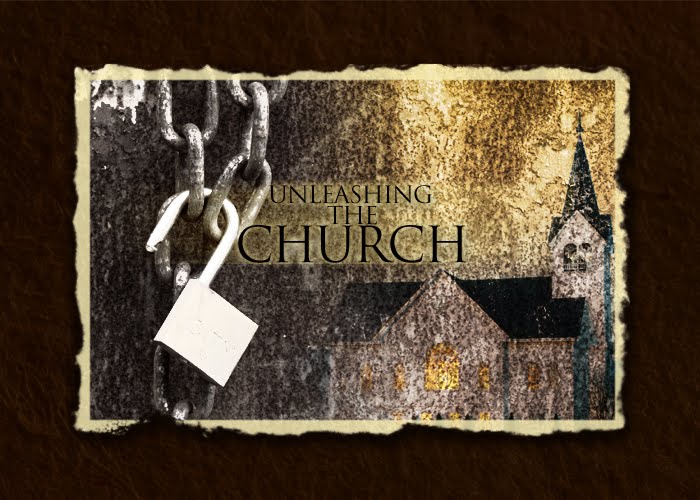The other day a friend asked how I have the time to write my blog and on top of that she did not agree with much of it, so it got me thinking.
When the events and staff meetings are over, the pros are exhausted. They seldom have much time to rest; cause “Sunday is a comin soon.” (Did you ever wonder how the Seventh Day Adventists do it?). It is not just that Sunday is coming soon, so are hundreds of other consumer events on the typical church calendar, Holiday services, Fall Festivals, Mid Week Services, Pot Lucks, Picnics, etc.
Over the years I have learned that church staffs are seldom opposed to ministries that target groups of people who are beyond the church walls. But their plates are overly full with all of the consumer events going on within the walls. There is no time or energy to even consider ministries in the community. Or, to use a different metaphor, there is only so much room on their radar screens; ministries to target groups of people tend to be “below the radar.”
Consumerism in 21st century America is rampant, both inside and outside the church. Since WWII American Christians have accumulated more facilities and resources than any generation of Christians in the 2,000 year history of the church. And during that same period of history we have transitioned to a Post-Christian culture. What an irony, the generation with the most resources, is the one that lost the culture!
The consumer mentality encouraged by our Shopping Mall culture has had a lot to do with our nation’s transition to a Post-Christian culture. When the outside world looks at the church they see much of the same self-centered, consumer mentality that rules in the malls. No wonder the early suburban developers often gave lots to churches. They saw the church’s function, as Winter put it, as “religious parks and recreation for the middle class.”
So far we have looked at three of the Fortress Mentality’s Four Pillars:
1925: the Scopes Monkey Trial and the ensuing Liberal/Fundamentalist Controversies 1939: the arrival of Inter-Varsity and the Post World War II Parachurch Explosion
1948: the building of Levittown and the Suburban Captivity of the Church.
While the first three pillars are more important than the fourth, the fourth pillar is worth looking at.
By 1964 the American church had turned inward and the Para Solution to local ministry opportunities was universally accepted among Protestants, both liberal and conservative. But there was still one more blow to passion in the pew to come. It would discourage what little sense of urgency for local mission that a church might have. The final pillar was President Lyndon’s Johnson’s bid for a Great Society. He upped the ante for the government’s welfare role considerably by launching the War On Poverty in 1964. And we did not and have not won that war.
Followers
Subscribe to:
Post Comments (Atom)
About Me

- Rich
- I am a slave to no man or institution. I have worked with Frank Tillapaugh for thirty years and most of the ideas are work we would like to share.
The next generation

God thank you for two amazing young leaders
Looking Forward

Each year I get to spend time with young leaders and the gap is growing between them and my generation, why?
Popular Posts
-
I have watched new pastors burn out in less than a year...why? Fuller Institute did a survey and found that 80% of pastors believe that past...
-
General Calling and Special Calling Soon after the Roman emperor, Constantine, converted to Christianity in 315 A.D. churches began to profe...
-
I saw one of my friends (Wes, he is a follower of this blog, God bless him) tonight and he told me after reading this blog he was surprised ...
-
When 20% of the people do 80% of the work in a church, the church leaders usually think that they have an 80% problem. ...
-
I am taking a break from my series to talk about something that just happen. I just met Gavin, he arrived today. His parents Dan and Steph C...
-
If we ask, “what would Jesus do in His new body, i.e. the church; that would be a continuation of what he did in his original body?” The ans...
-
And, believe it or not, a strong emphasis on edification does not often generate mission. Mission potential isn't dependent on how well...
-
Several years ago my friend Frank took a walking tour in London that ended up at Wesley’s chapel. As the tour group ap...
-
Nothing influences the environment of a church as much as the preaching. It is through preaching that people understand how their pastor vie...
-
Ok yesterday I had one response to my blog and while it was thoughtful I was reminded that words on a screen do not always convey the experi...

1 comment:
Do I have to post comments when all I do is agree with you? ;>)
Post a Comment